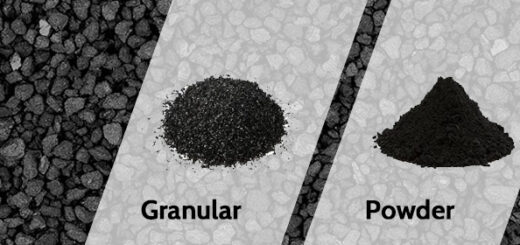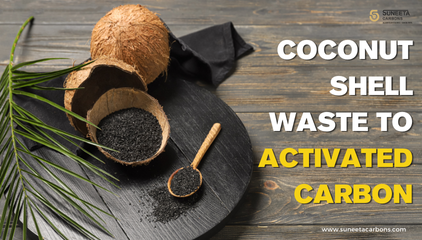Why Your Water Tastes Better Than Ever – Thanks to Activated Carbon

It’s been decades since humans first tried and tasted water that has been filtered through activated carbon. But, over time the filtering technique has evolved leading to more purified water, free of contaminants. Thus, commercial organizations as well as government bodies (municipal corporations) seek the best granular Activated carbon for water treatment. And our pioneering activated carbon products at Suneeta Carbons, best meet the demands with prompt action and quality packaging.
But, what are the actual roles of activated carbon water treatment? What are the major applications of activated carbon in water treatment? Let alone, what should be the identification factors that define the respective usage of a particular type of activated carbon? Let’s decode this article.
The Functions of Activated Carbon in Water Treatment
Since activated carbon possesses an unmatched adsorption capacity, its highly porous nature and surface area trap organic and toxic substances.
- Elimination of Organic Pollutants
It effectively eliminates organic pollutants in water, including pesticides and VOCs (Volatile Organic Compounds) coming from agricultural and urban discharges. - Elimination of Disinfection By-products
The water treatment bodies often utilize chlorine or ozone for disinfection, but these disinfectants may react with organic matter in the water to produce detrimental disinfection by-products (DBPs), such as bromates and trihalomethanes (THMs). - Removal of Color and Odor
Activated carbon eliminates the natural organic matter (NOM) and some industrial effluents which influence the odor and color of the water. These substances not only affect the sensory quality of water but might also involve noxious chemicals. - Elimination of Harmful Trace Contaminants
Industrial and agricultural activities provide many trace contaminants, such as heavy metals, pharmaceutical residues, and endocrine-disrupting chemicals, into water sources. The high adsorption capacity of activated carbon removes these trace contaminants. - Purifying Emerging Contaminants like PFAS: These water and oil-resistant pollutants popularly known as perfluoroalkyl substances are significantly challenging to degrade. But not for granular activated carbon, it seamlessly eliminates them.
- Enhances the Physiochemical Properties of Water: Activated carbon effectively enhances the physiochemical properties of water such as dissolved oxygen and pH. It’s a deal breaker in treating landfill leachate and industrial wastewater.
How to Identify the Appropriate Activated Carbon Product
Opting for the best-suited activated carbon for water filtration requirements is vital to a positive outcome. The nuanced activated carbon products come with distinctive applications and properties. So, a comprehensive study needs to be carried out by all the sectors. And it should be based on the water quality issues, specific application requirements, and target pollutants. Below are some of the go-to activated carbon products in water treatment-
- Powdered Activated Carbon- comes in a smaller particle size and absorbs promptly. It’s an ideal match for prompt elimination of trace synthetic chemicals such as pharma residues, pesticides, and algal toxins. Its best applied in treating (a) municipal drinking water (b) effacing chemical pollution in industrial accidents and (c) fighting algal bloom in reservoirs.
- Granular Activated Carbon- Has a large particle size as compared to powdered activated carbon and thus possesses a larger surface area, effectively eliminating a plethora of organic pollutants, including pesticides, odor-influencing compounds, and industrial contaminants.
- Extruded Activated Carbon- is typically exercised for high-flow systems and is ideal for applications with restricted space where mechanical resilience and high strength are required. Its cylindrical structure ensures high adsorption capability and low-pressure drop, rendering it feasible for large-scale water filtration applications.
- Impregnated Activated Carbon- This carbon product is treated with special chemicals (for instance- potassium, iodine, and zine) to boost its catalytic and chemical attributes. It possesses deodorizing and bactericidal functions and can eliminate particular toxic substances and gases.
Conclusion
Activated carbon is an unavoidable substance in modern times when it’s about treating wastewater in the best way possible. Its unmatched capability in removing harmful pollutants and effluents (from PFAS to organic THMs) is an appropriate choice for municipal water, industrial water, and even commercial purposes.
At Suneeta Carbons, we strive to offer top-quality activated carbon which goes through rigorous testing processes that optimize for- phenol number, iodine number, benzene adsorption, and carbon tetrachloride activities. Along with that, our smart packaging and affordable product range make us unique in the competitive activated carbon market.



